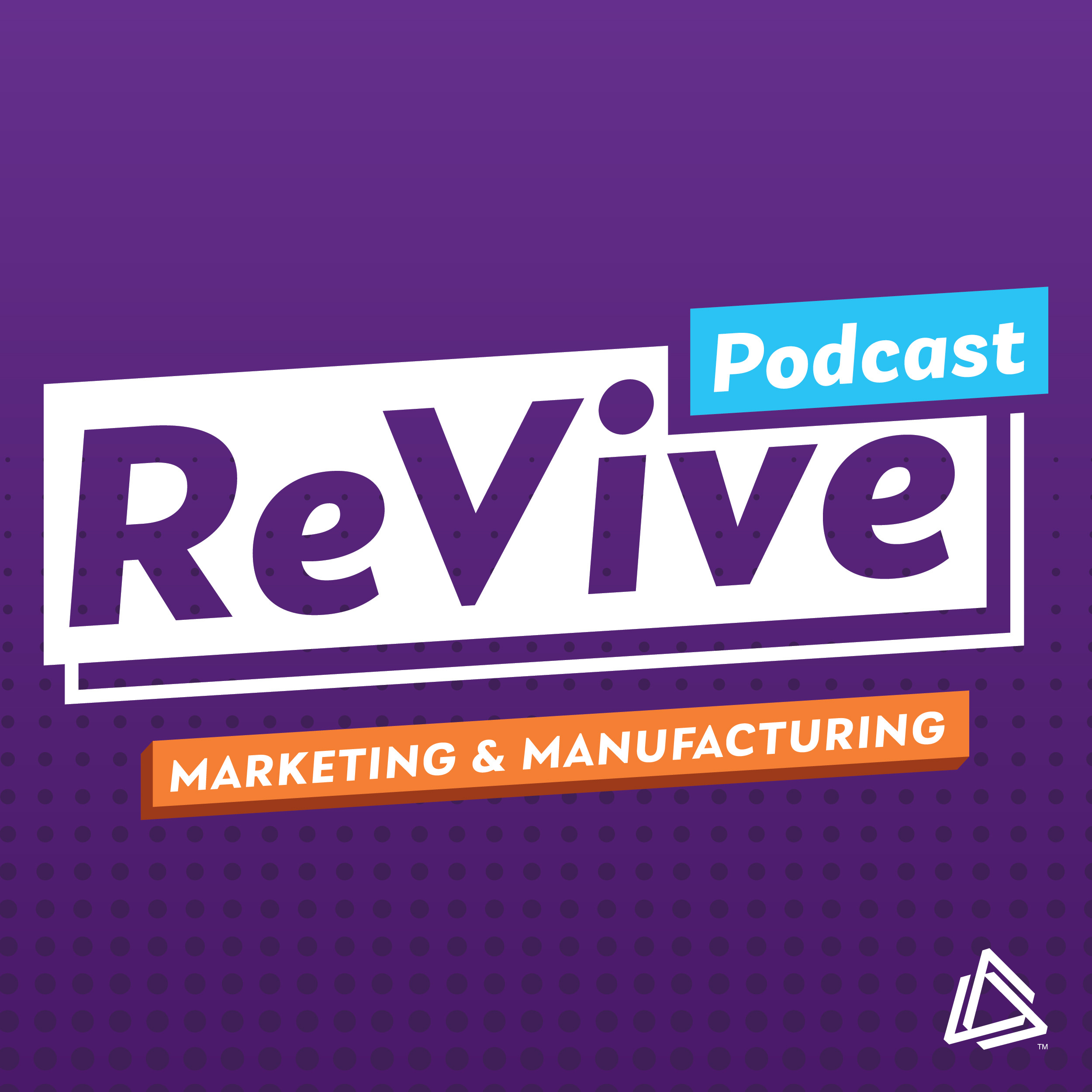How Marketing and Human Resources Coexist to Develop Brand Messaging and Create a Positive Employee Experience
In this episode of ReVive, host Jared Falkner is joined by Jennifer Latiolais, a marketing and HR professional in the plastics industry. Jennifer is going to be sharing some key insights on developing messaging and stock interview questions, streamlining the onboarding process, and how to develop a functioning employee retention program.
Give me the high-level: ReVive in 5
Please share a little bit about yourself, where you’re from, and a few fun facts that make you, you. (0:43)
“I live in Texas, I have a Bachelor’s Degree in Business Administration with a specialization in Marketing. I’ve been in business development, marketing, and overseeing human resources and personnel development. I’ve been working in the plastics industry for collectively ten years, and have been involved in rebranding, business turnarounds, culture development, implementation of training programs, and developing community workforce programs. I guess a fun fact about me would be I’m super driven, I have three kids, I’m always working or looking for work around my house. I have seven dogs, one cat, one tortoise, and about twenty chickens, and I live for vacation.”
Generally, branding is developing a professional and personal brand to create the narrative that ourselves and our clients are subject matter experts in their designated field. In this case, and the same can be said about human resources professionals, how do they need to be selling their personal brand? (1:55)
“The first thing I always tell a new HR professional that works for me is that you’re a salesperson. The audience is your employees, your potential employees in the community in which you work. So, I make sure that anyone in HR, or even the person sitting at the front desk knows about our company, our capabilities, and how to answer frequently asked questions that protect our brand image. It is important to create a client experience for new customers, but it is also important to create a client experience for new employees and potential new employees.”
Since marketing is typically responsible for consumer, forward-facing material, how important is it for human resources to work in tandem with marketing to develop messaging that supports HR’s efforts? (2:49)
“Your number one customer and your number one asset is your employees. If you want to be successful and grow your business, and win in the retention game, then you need to treat your employees in a way that drives an entrepreneurial spirit throughout your company. Marketing is really good at controlling the brand message because they understand company strategies, goals, vision, mission, and core competencies. HR should also be at the leadership table, and truly engage in understanding these as well.”
To make sure things go smoothly and in order, is there some sort of streamlined onboarding process you’ve implemented? (6:00)
“Yes, so you spend a lot of money into bringing in the right candidates. Just like it’s important to deliver whenever you get a new customer, it’s also very important to deliver when you get a new employee. The new hire experience will positively or negatively impact your image in the community. If you’re good at the new hire experience, you will see a lot of employees referring other employees, or potential employees, to you, and you’ll also receive community referrals, which, in result, cuts down your acquisition cost of a new employee. If you’re bad at the new hire experience, you will see a lot of turnover within the first ninety days, and it will be hard to hire within your market.”
Looking to develop your messaging and streamline your recruitment plan? Vive Marketing can help – enjoy a stress-free conversation with our team today!
Want more ReVive? Subscribe & Listen Now!

